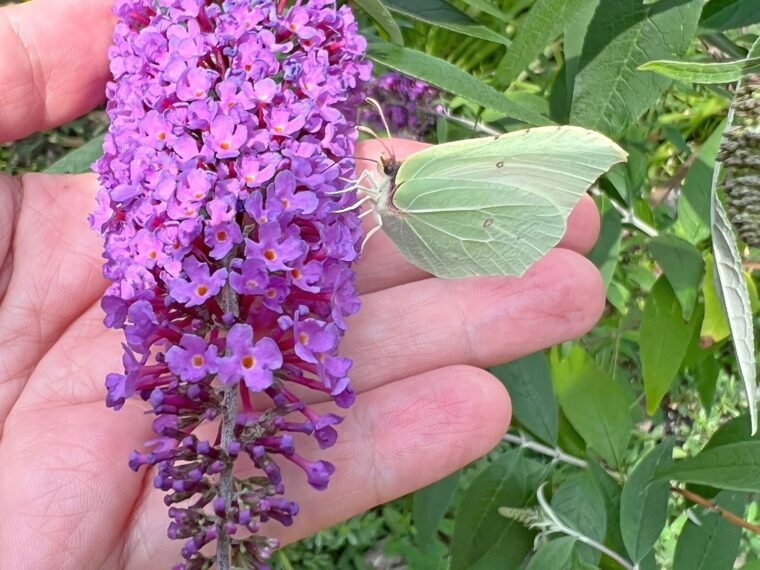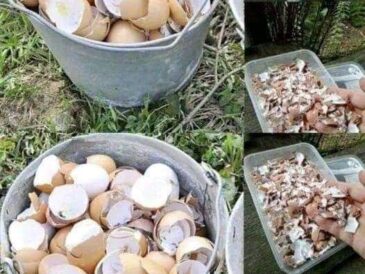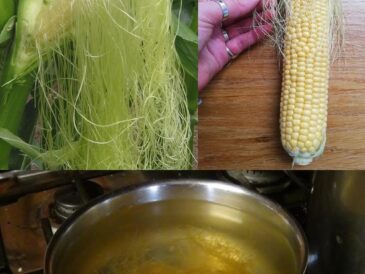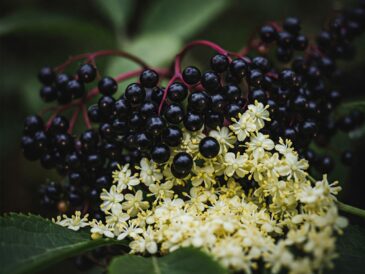If you’ve already planted a butterfly bush, you can take steps to minimize its impact:
1. Prevent It from Spreading
- Deadhead blooms: Regularly remove spent flowers to prevent seeds from forming.
- Dispose of cuttings responsibly: Don’t compost the cuttings, as seeds can survive and spread.
2. Contain It
- Grow in a container: If you’re determined to keep it, plant it in a pot to reduce its ability to spread.
3. Replace It Gradually
- Plant natives nearby: Start introducing native plants to your garden and allow them to take over naturally.
- Remove the butterfly bush: Once your natives are established, dig up the butterfly bush, roots and all.
4. Dispose of It Safely
- Do not toss into the wild: Place the plant material in sealed bags and dispose of it with household trash.
5. Educate Others
Spread awareness about the environmental impact of butterfly bush and promote native alternatives.
Conclusion
While butterfly bush may seem like a gardener’s dream with its colorful blooms and appeal to butterflies, its invasive tendencies and limited ecological benefits make it a problematic choice. By opting for native plants and managing existing butterfly bushes responsibly, you can create a garden that truly supports local wildlife and maintains ecological balance.
Take the time to evaluate your garden and make sustainable choices that benefit pollinators, your local environment, and future generations.




